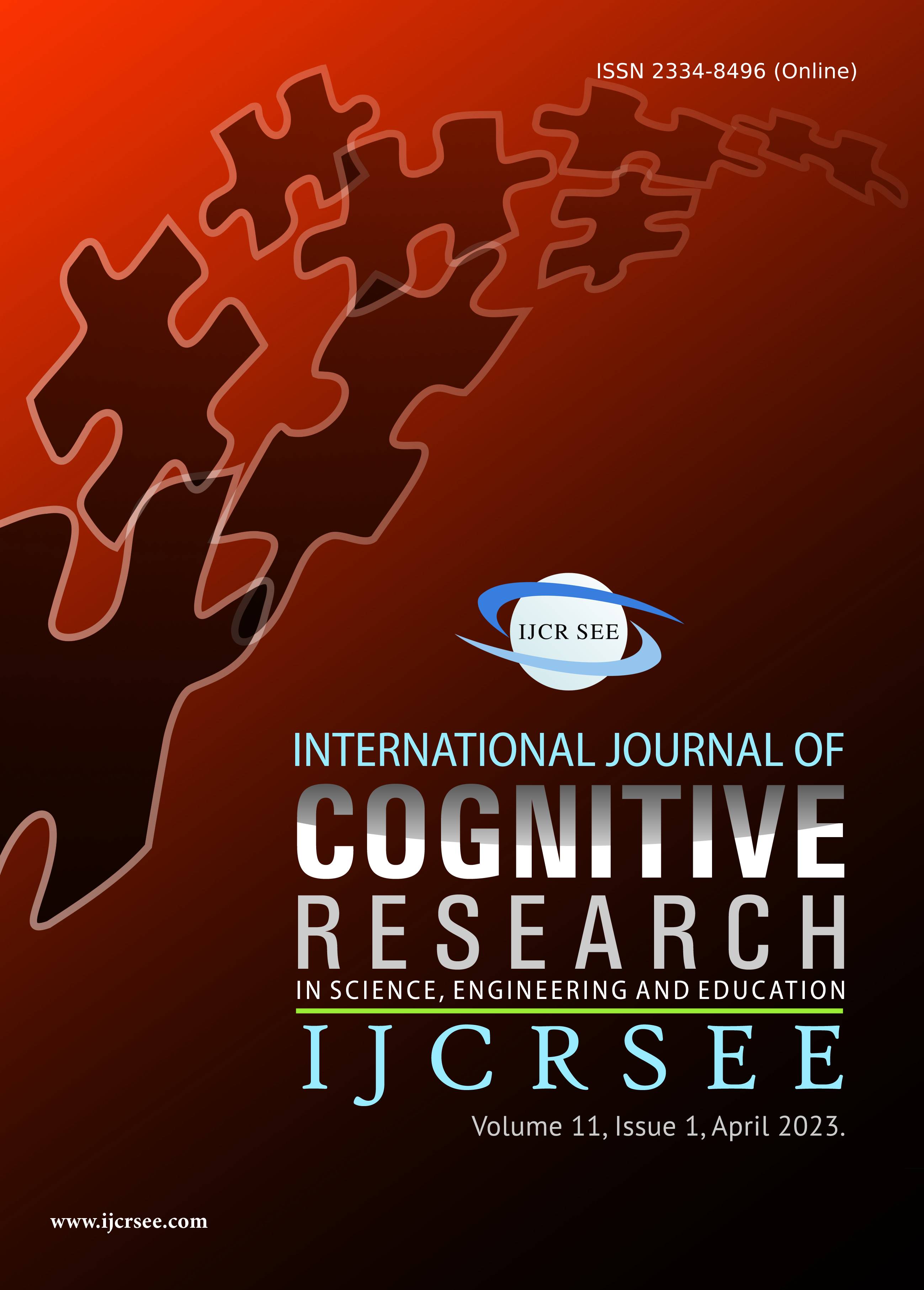The Neural Correlates of Exact Calculation in Word and Numerical Formats in Low And High Math Performers: A fNIRS Study
The Neural Correlates of Exact Calculation in Word and Numerical Formats in Low And High Math Performers: A fNIRS Study
Author(s): Maria Sitnikova, Julia A. Marakshina, Tatiana Borisovna Timofeyeva, Grigory O. Pronin, Rustam G. AsadullaevSubject(s): Social Sciences, Psychology, Cognitive Psychology
Published by: Удружење за развој науке, инжењерства и образовања
Keywords: exact calculation; addition; numerical format; word format; math competence, fNIRS
Summary/Abstract: The representation format of math problems can manifest dissimilarly in people with varying levels of math performance. The aim of this study was to investigate the neurocognitive underpinnings of two-digit exact calculation tasks in different formats: numerical and word. Fifty-three students were divided into groups with high and low levels of math performance based on their ability to solve math problems. They were asked to calculate addition problems with two-digit numbers and to read math problems that did not require calculations. Brain activation was recorded using functional near-infrared spectroscopy (fNIRS). General linear model (GLM) analysis revealed that reading math problems without calculation led to increased activation in the inferior temporal and fusiform gyri in a group of high-level performers, while a group of low-level performers demonstrated increased activation in Broca’s area and the inferior frontal gyrus in the same experimental condition, as well as during solving arithmetic problems in a word format of the exact calculation task. Analysis after bootstrapping revealed similar activation patterns in both groups. Both domain-specific and domain-general regions of the frontal and parietal brain areas were involved in the calculations. Right and left hemisphere activation was found both in low and high math performers. Comparing experimental conditions with resting state revealed significant activation in Broca’s area in all conditions in a group of high-level performers and in a word format of arithmetic problems in a group of low-level performers. Thus, the observed brain patterns suggest the involvement of complex sentence comprehension, especially in high-performing students. These results could be used in future to improve educational practice for students with varying levels of math competence.
Journal: International Journal of Cognitive Research in Science, Engineering and Education (IJCRSEE)
- Issue Year: 11/2023
- Issue No: 1
- Page Range: 93-114
- Page Count: 22
- Language: English

